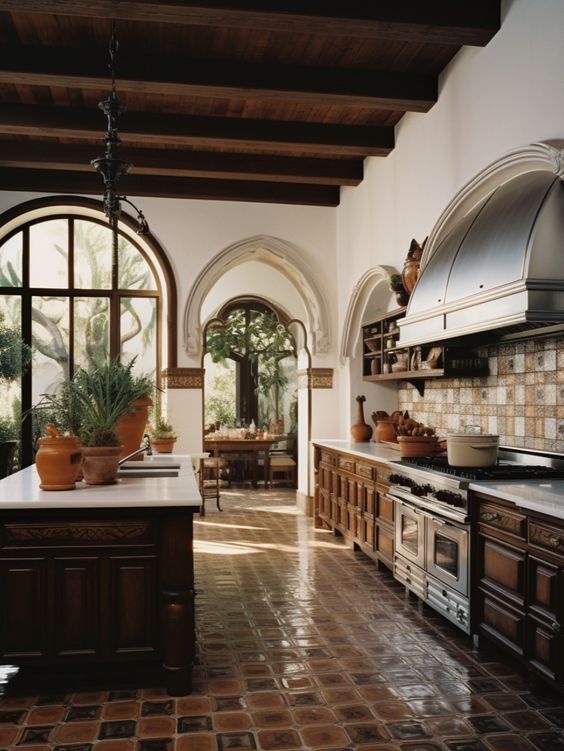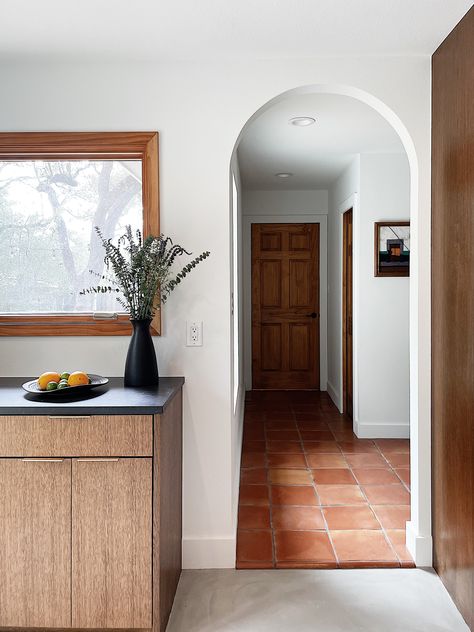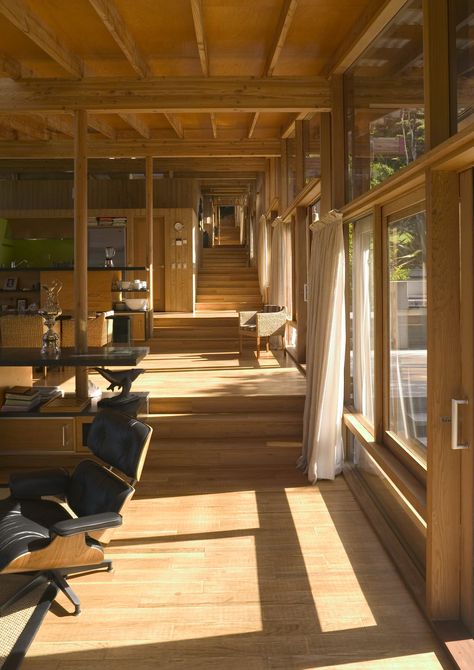Your home is more than just a place to live; it’s an extension of your identity, a canvas upon which you express your style, and a sanctuary where you find comfort and inspiration. Whether you’re embarking on a new journey in a fresh space or seeking to breathe new life into your current abode, understanding the principles of interior design can be the key to unlocking a world of possibilities.
Interior design is a delicate dance between art and science, and by embracing these seven fundamental principles, you can elevate your living space to new heights of beauty, functionality, and personal satisfaction.
1. Balance
Balance is the cornerstone of interior design, the symphony conductor that orchestrates the visual harmony of a room. It’s all about the distribution of visual weight within a space. There are two main types of balance:
Symmetrical Balance
This approach involves mirroring elements on one side of the room with those on the other side. Think of it as a perfectly balanced scale, creating a sense of stability and order.
Asymmetrical Balance
In contrast, asymmetrical balance is a dynamic dance of visual weight. It relies on the perception of balance rather than strict symmetry, allowing for creativity and surprise. It can be achieved by placing a large, visually heavy object on one side of the room and several smaller, lighter objects on the other. It’s like a beautifully choreographed ballet that keeps the eye moving.
Achieving the right balance in your space is essential for creating a harmonious and visually pleasing environment. It’s the delicate equilibrium that defines the mood and atmosphere of your room.
2. Harmony and Unity
Harmony and unity in interior design go hand in hand like chapters in a compelling book. They mean that all elements of a room work together seamlessly. This includes the color scheme, furniture style, patterns, and textures.
To create harmony, choose a theme or style that resonates with you and weave it consistently throughout the space. This consistency will create a sense of unity, making the room feel like a well-orchestrated symphony, each note in perfect harmony with the others.
3. Rhythm and Repetition
Think of rhythm and repetition as the heartbeat of your interior design. They infuse your space with energy and movement.
To establish rhythm, repeat certain colors, patterns, or shapes throughout the room. This repetition creates a sense of continuity, guiding the eye on a delightful journey.
Whether it’s through a repeated color in throw pillows, a consistent pattern in wallpaper, or a repeated shape in artwork, rhythm and repetition are the threads that tie the room together, creating a cohesive narrative.
4. Contrast
Contrast is the seasoning that adds zest to your design. It’s about creating visual interest by juxtaposing different elements. This can be achieved through contrasting colors, textures, or styles.
For example, a room with predominantly neutral colors can benefit from a pop of bold color, or a modern space can incorporate vintage pieces for a striking contrast. Contrast adds excitement, depth, and a touch of drama to your room, making it more visually intriguing.
5. Emphasis
Emphasis is the spotlight in your design, the feature that draws the eye and becomes the center of attention.
To achieve emphasis, use bold colors, statement furniture pieces, or eye-catching artwork. By providing a clear focal point, you give the room a sense of purpose and direction. It’s like placing a dazzling gem at the heart of your space, making it unforgettable.
6. Scale and Proportion
Scale and proportion are the architects of spatial harmony. They ensure that the size of furniture and decor items is appropriate for the space.
Overly large furniture in a small room can make it feel cramped, while tiny pieces in a spacious area may seem lost. Pay attention to the size of your furniture and how it relates to the room’s dimensions. This ensures a sense of balance and harmony, creating a space that feels just right, like a well-tailored suit.
7. Functionality
While aesthetics are essential, functionality should never take a back seat. Interior design should enhance the way you use a room.
Consider the layout, flow, and organization of the space to ensure it meets your practical needs. Thoughtful storage solutions, ergonomic furniture, and efficient layouts can greatly improve a room’s functionality. After all, a beautiful room is only truly complete when it works seamlessly in your daily life.
In conclusion, interior design is an artful expression of your personality, style, and needs, guided by these fundamental principles. By understanding and applying concepts like balance, harmony, rhythm, contrast, emphasis, scale, and functionality, you can transform your space into a visually pleasing and functional oasis that genuinely feels like home.
So, whether you’re embarking on a full-scale renovation or simply seeking to refresh a room, let these principles be your compass. Watch as your space undergoes a remarkable transformation, becoming a testament to your unique sense of style and a reflection of your best self.
Explore Types of Interior Design Styles for more inspirational ideas.
About Us:
Founded in 2017, Satin and Slate is one of the elite interior design studios in Southern California. Located in Long Beach, this dedicated team of designers oversees from kitchen and bathroom renovations to commercial projects. Equipped with their own showroom/studio they can satisfy the needs of any client. Featuring clean lines, bright colors and fresh ideas Satin and Slate’s mission is to bring your vision to life and help transform your space into something extraordinary.










